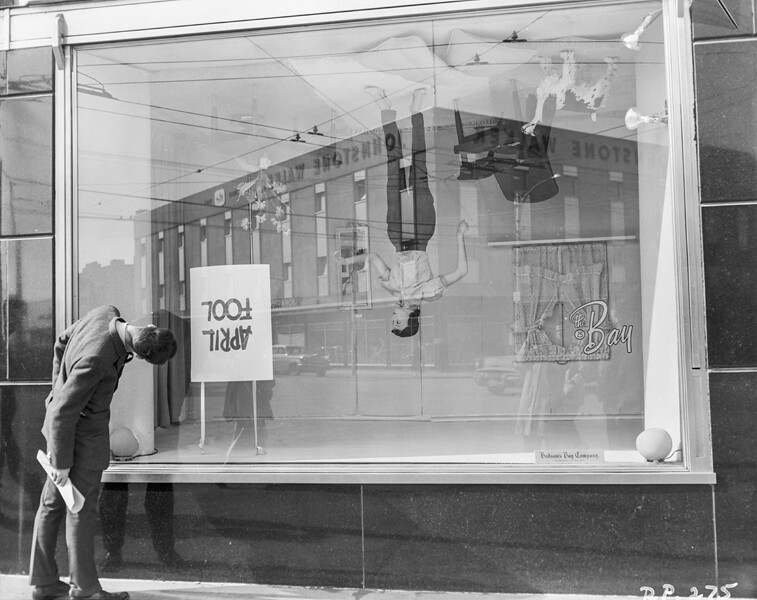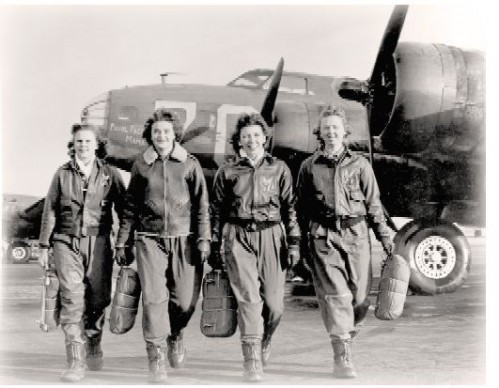We’re gathering up some of the colorful and inclusive posts from airports nationwide in support of Pride Month.
Let us know if we missed yours.
Just in case you miss the #Pride lights on the road into Dublin Airport… 🌈 https://t.co/5wFEROfoic pic.twitter.com/ymjEZIC5G6
— Dublin Airport (@DublinAirport) June 1, 2024
Happy Pride Month! ✈️🌈 Celebrating love, diversity, and inclusion at every altitude. Honoring the LGBTQ+ community today and always. #PrideMonth pic.twitter.com/asQ3T12g8d
— Atlanta Airport (@ATLairport) June 1, 2024
Pride Month is a time to celebrate love, acceptance, & the diversity of our passengers, employees, & community members. We are proud to be a welcoming & inclusive space for everyone, no matter who you love or how you identify. You are seen, you are valued, & you are celebrated. pic.twitter.com/CWcOsl57hv
— John Glenn Intl Airport (@columbusairport) June 1, 2024
🌈 Happy Pride Month from DTW! 🌈#PrideMonth #flyDTW ❤️🧡💛💚💙💜 pic.twitter.com/6CqEOXR3ZY
— DTW Airport (@DTWeetin) June 1, 2024
Happy Pride Month! pic.twitter.com/tmuAuuH7Z8
— Reagan Airport (@Reagan_Airport) June 6, 2023
We are proud to celebrate the diversity of our travelers! #Pride #PrideMonth pic.twitter.com/Q2wduHAciU
— Buffalo Airport (@BUFAirport) June 29, 2020
HAPPY PRIDE MONTH H-TOWN! 🏳️🌈 pic.twitter.com/pTT2DjO2W1
— Hobby Airport (@HobbyAirport) June 1, 2023
Happy #Pride, Long Beach! Our historic terminal is proudly illuminated in rainbow colors to celebrate #PrideMonth. 🌈 ✈️ pic.twitter.com/DYnxyFim2K
— Long Beach Airport (@LGBAirport) June 25, 2020
HAPPY PRIDE MONTH H-TOWN! 🏳️🌈 pic.twitter.com/Fb5uvmzE5s
— Bush Intercontinental Airport (@iah) June 1, 2023
Have a great day Kansas City. 🌈
— Justice Horn (@JusticeHorn_) April 27, 2024
📸: The Kansas City International Airport lit in the colors of the pride flag for the very first time in June of 2023. pic.twitter.com/cEOOCqd2uo









